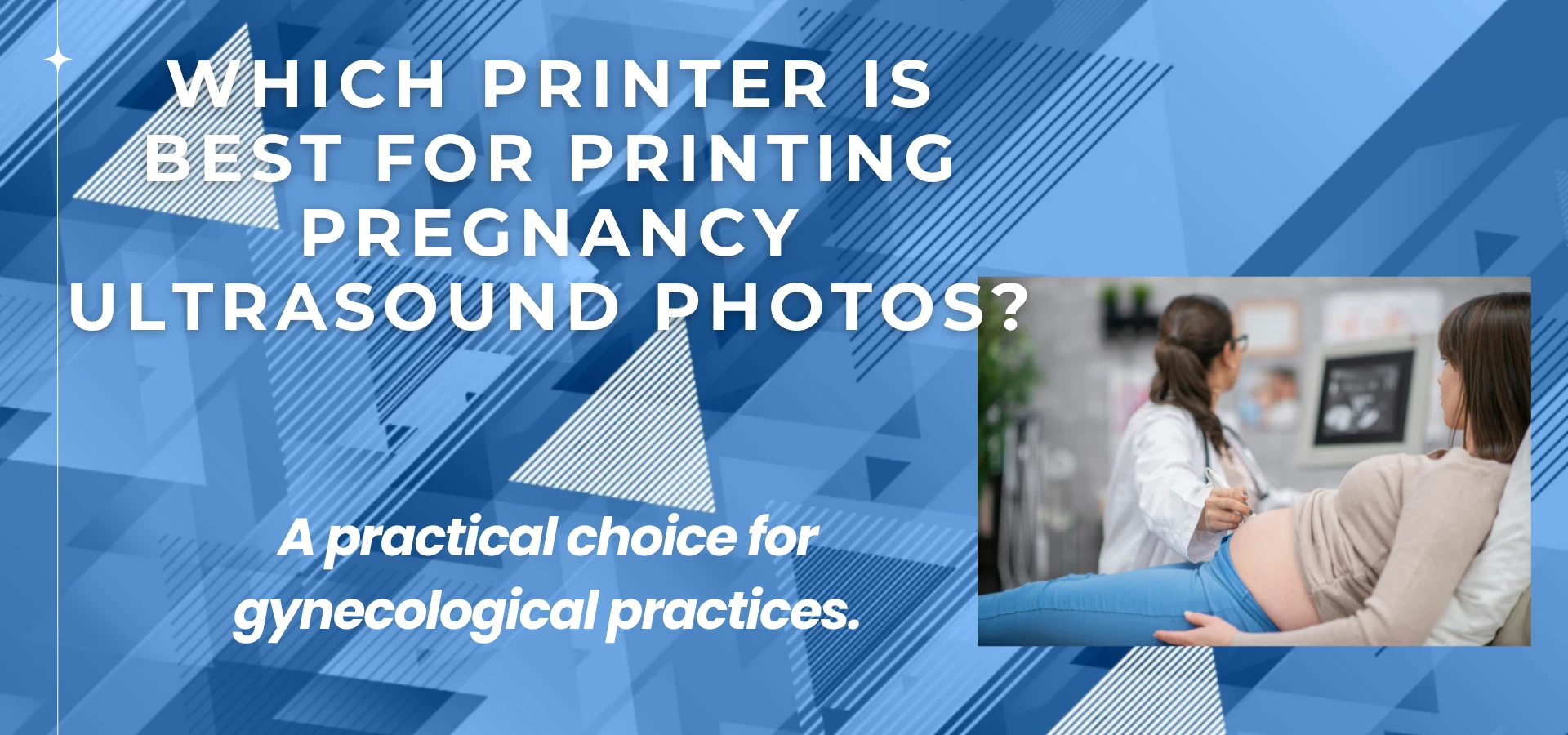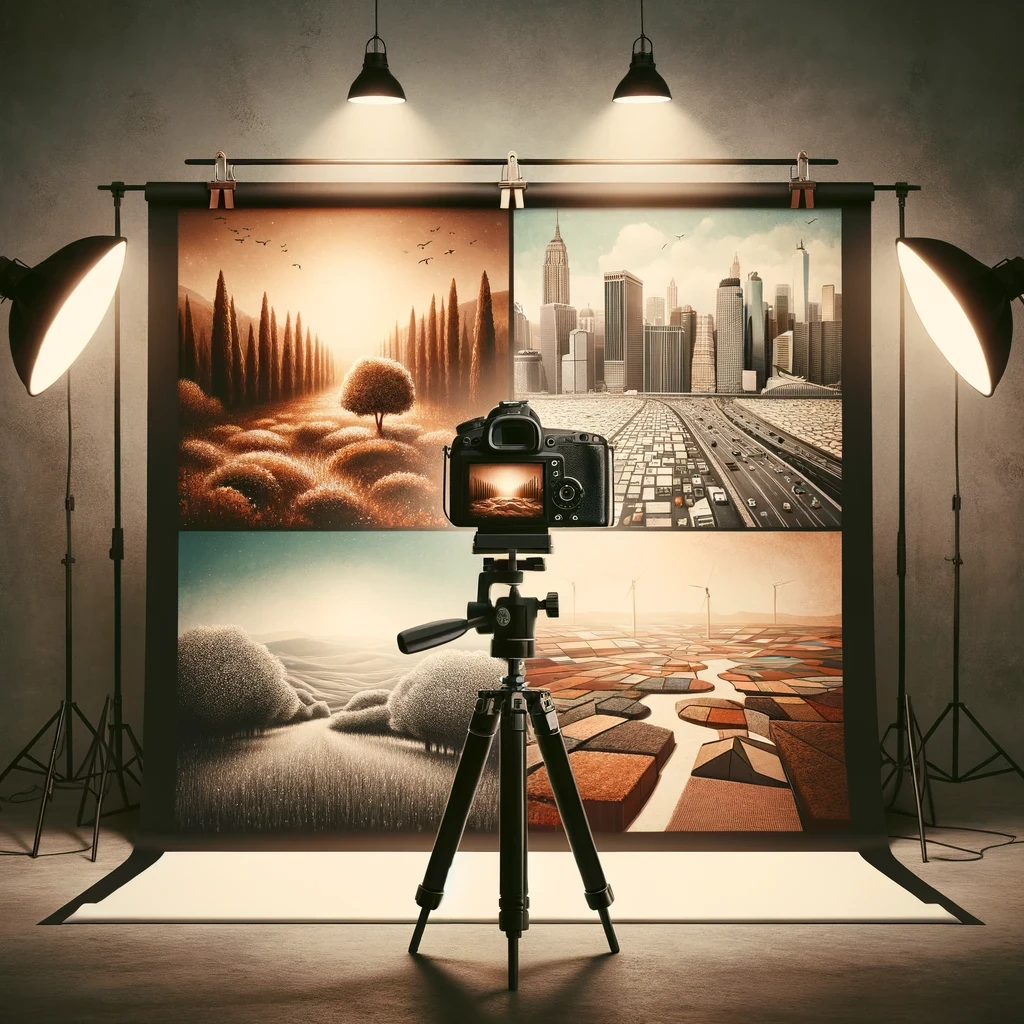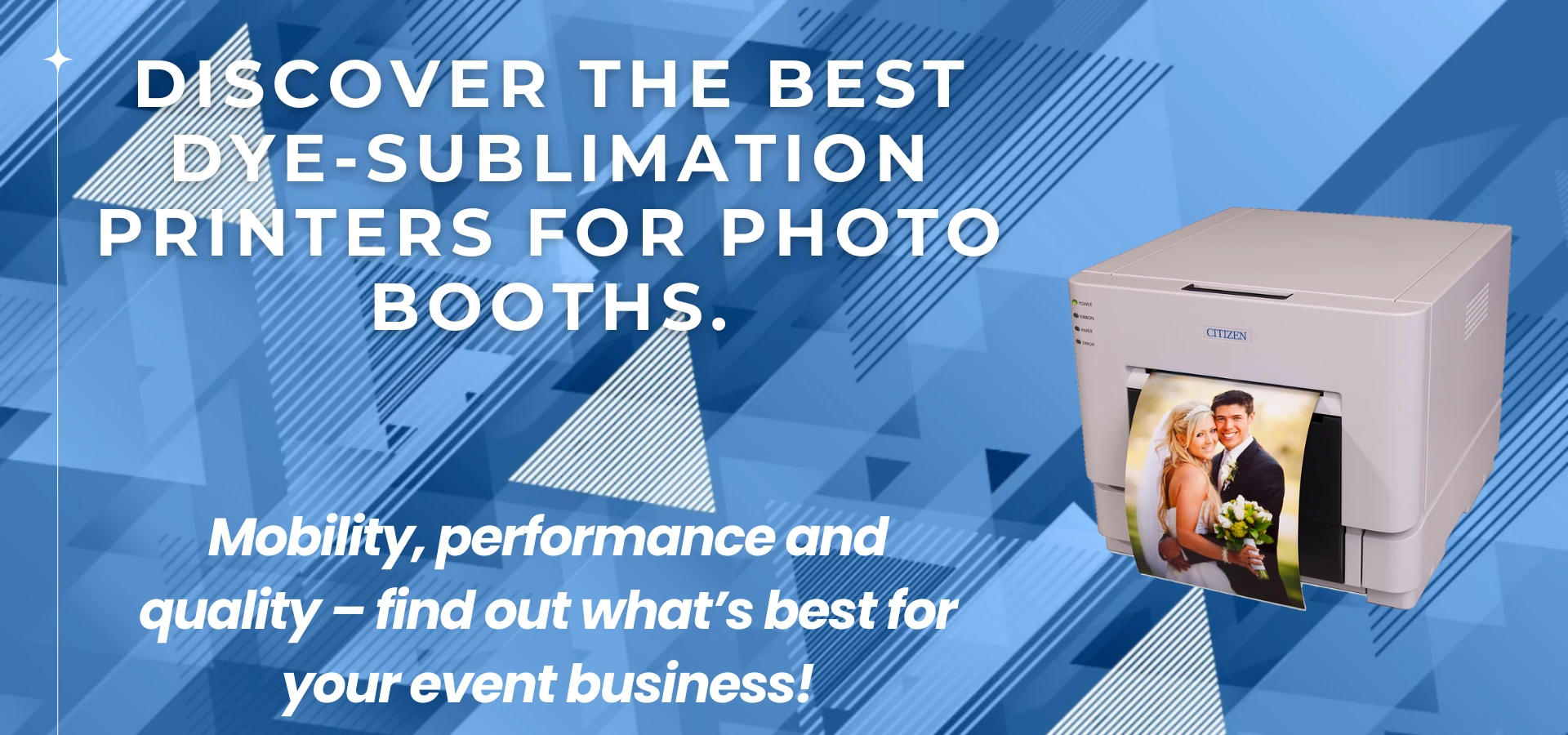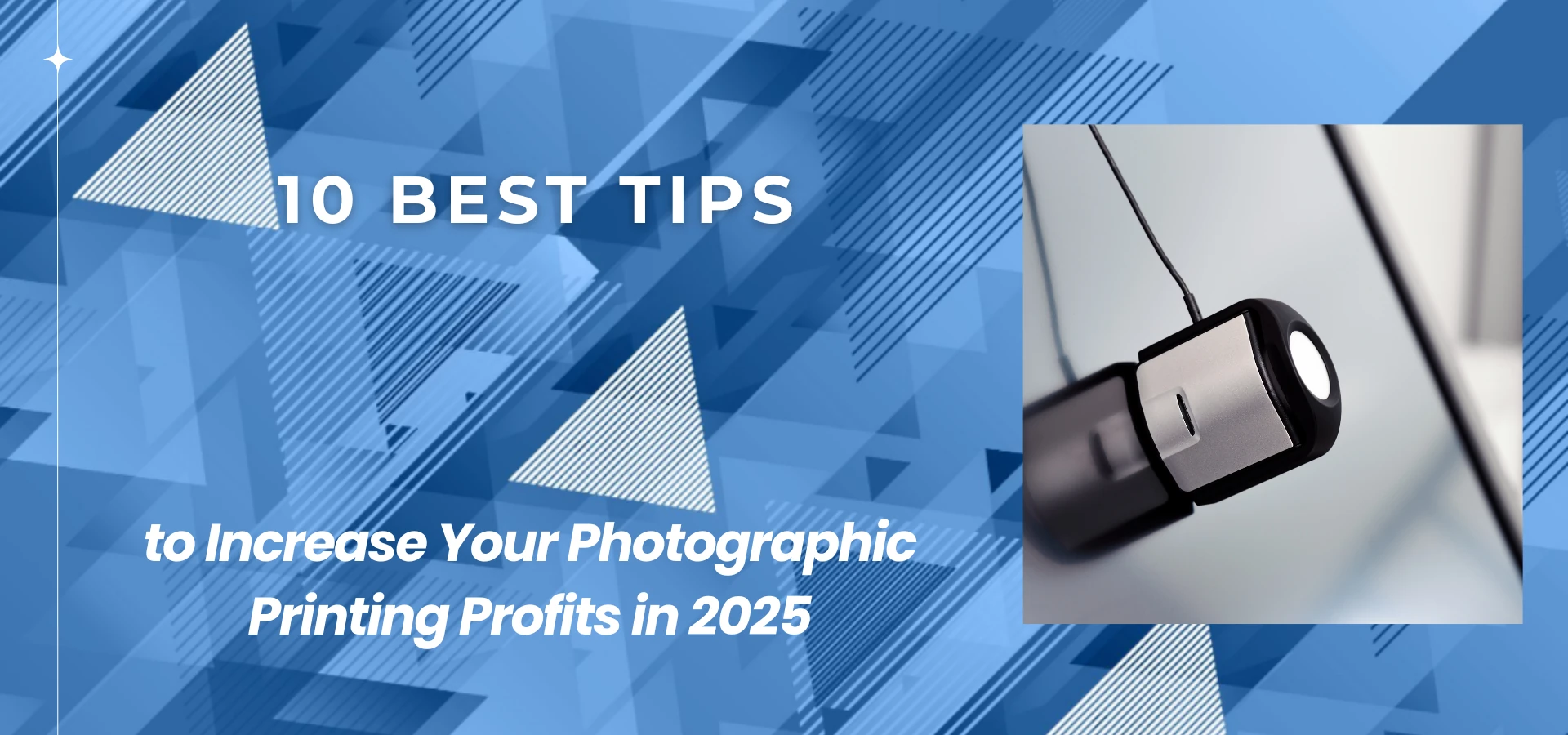
Which printer to choose for printing pregnancy ultrasound photos? A practical solution for gynecological offices.
Kilku moich ostatnich klientów to ginekolodzy, którzy kupili CX-02 do drukowania zdjęć z USG ciąży.
Proste rozwiązanie, a robi świetne wrażenie na pacjentkach.
Napisałem o tym artykuł – jak to działa i dlaczego coraz więcej lekarzy się na to decyduje. Warto przeczytać, jeśli prowadzisz gabinet.





